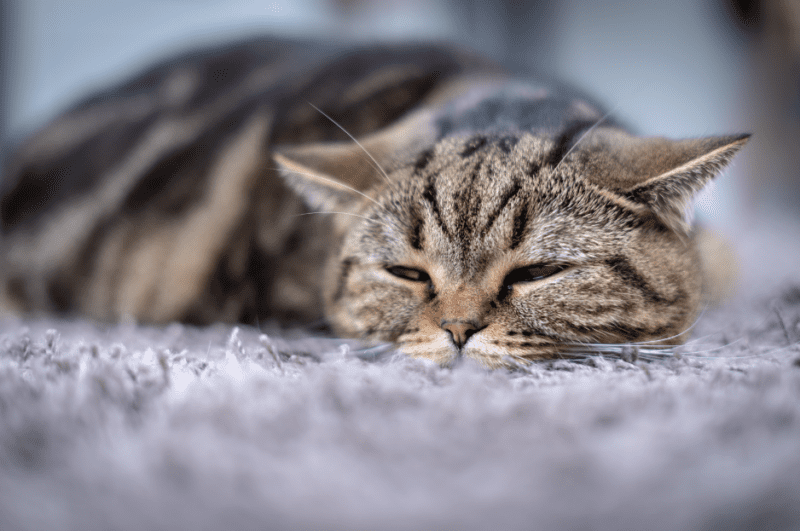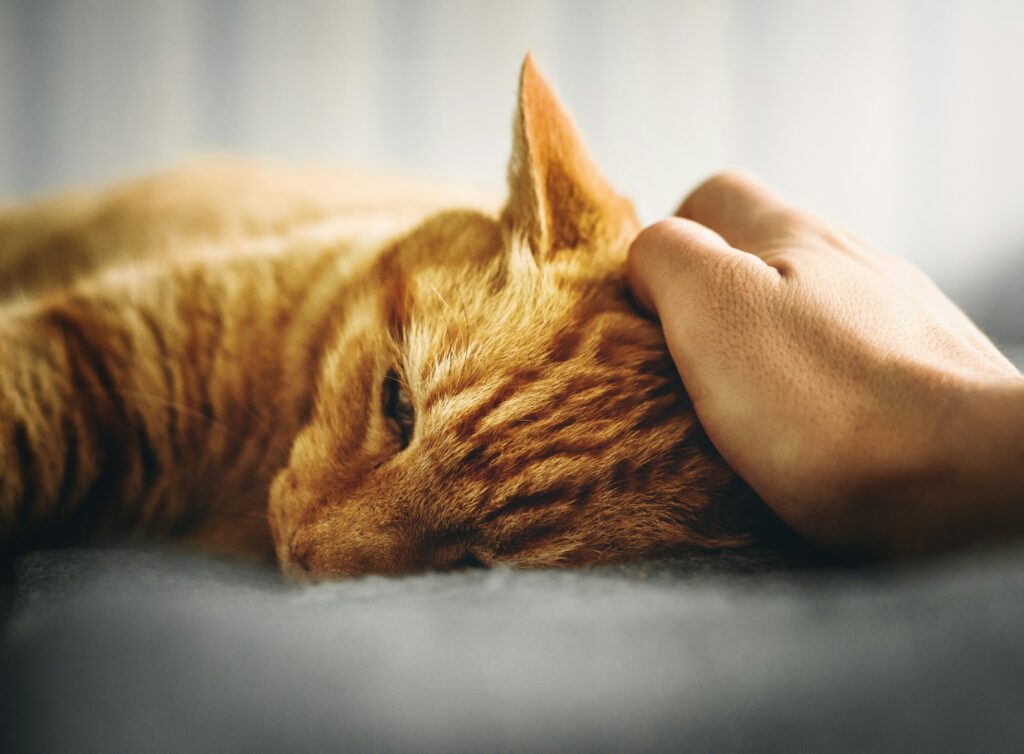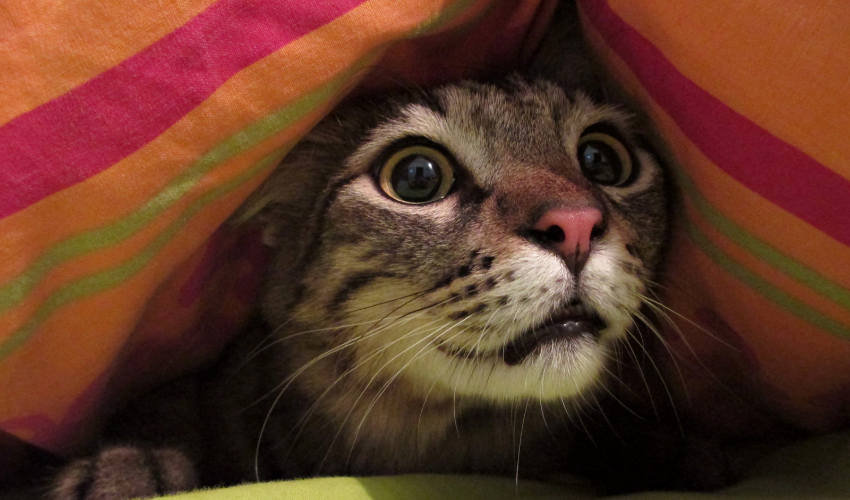Feline influenza, colloquially known as cat flu, is a prevalent respiratory infection affecting cats globally. Understanding the intricacies of this ailment is pivotal for cat owners to promptly identify symptoms, seek appropriate treatment, and implement preventive measures. In this comprehensive guide, we will delve into the multifaceted aspects of cat flu, providing in-depth insights backed by credible information to empower cat owners in navigating this common feline health concern.
Unmasking Cat Flu: Causes and Types
- Feline Herpesvirus (FHV-1): Feline herpesvirus is a primary contributor to cat flu. This highly contagious virus affects the respiratory system, leading to symptoms like sneezing, nasal discharge, and conjunctivitis. Understanding the role of FHV-1 in cat flu is crucial for cat owners to recognize early signs and seek timely veterinary intervention.
- Feline Calicivirus (FCV): Another major player in cat flu, feline calicivirus, not only affects the respiratory system but can also lead to oral ulcers. The diversity of symptoms associated with FCV underscores the importance of comprehensive veterinary care to address both respiratory and oral manifestations.
- Bordetella bronchiseptica: Bordetella bronchiseptica, a bacterium commonly associated with respiratory infections in cats, often acts as a secondary agent in cat flu. Understanding the role of bacteria in exacerbating feline influenza emphasizes the need for targeted antibiotic treatments in certain cases.
Recognizing the Subtle Signs: Cat Flu Symptoms
Cat flu manifests in a range of symptoms, and keen observation is vital for early detection. Beyond the obvious sneezing and nasal discharge, cat owners should be attentive to:
- Conjunctivitis: Inflammation of the eyes, known as conjunctivitis, may present with watery eyes, squinting, and redness. Identifying conjunctivitis as a symptom of cat flu aids in comprehensive diagnosis and treatment planning.
- Coughing and Labored Breathing: While coughing is less common in cats, its presence can indicate lower respiratory tract involvement. Labored breathing, especially at rest, signifies more severe cases that warrant immediate veterinary attention.
- Ulcers in the Mouth: Feline calicivirus can cause painful ulcers in the mouth, affecting a cat’s eating habits and overall well-being. Recognizing oral symptoms ensures holistic care for cats affected by this virus.
- Lethargy and Reduced Appetite: Respiratory infections can lead to lethargy and a decreased interest in food. Monitoring changes in appetite and energy levels is crucial for assessing the severity of cat flu.
- Fever: An elevated body temperature is a common response to infections. Understanding the role of fever in cat flu aids in early intervention and the initiation of appropriate treatment protocols.
Tailored Treatment Approaches for Cat Flu
Effective management of cat flu involves a combination of antiviral and supportive therapies tailored to each cat’s specific symptoms and needs.
- Antiviral Medications: Prescribed antiviral medications, such as famciclovir, can help manage symptoms associated with feline herpesvirus. Administering antivirals requires precision and compliance, highlighting the importance of veterinary guidance.
- Antibiotics: In cases where bacterial infections contribute to cat flu, antibiotics like doxycycline or amoxicillin may be recommended. A targeted antibiotic approach addresses both viral and bacterial components, promoting comprehensive recovery.
- Supportive Care: Providing supportive care is integral to a cat’s recovery. This includes maintaining hydration, ensuring proper nutrition, and creating a stress-free environment. Nutritional support may involve offering palatable wet food or considering alternative diets under veterinary guidance.
- Eye Drops or Ointments: For cats with conjunctivitis, veterinary-prescribed eye drops or ointments help alleviate discomfort and prevent secondary complications. Proper administration of eye medications is essential for effective treatment.
- Hospitalization in Severe Cases: Severe cases of cat flu, characterized by difficulty breathing or dehydration, may necessitate hospitalization. Intensive care and monitoring in a veterinary setting ensure timely intervention and supportive measures.
Proactive Prevention: Vaccination and Beyond
- Vaccination: Vaccination stands as the cornerstone of preventing cat flu. Regular vaccinations against feline herpesvirus and calicivirus significantly reduce the severity of the disease. Understanding the vaccination schedule and discussing it with your veterinarian ensures optimal protection for your cat.
- Isolation of Sick Cats: Prompt isolation of cats showing signs of respiratory distress is crucial to prevent the spread of infection. This preventive measure protects other cats in multi-cat households or communal living environments.
- Proper Hygiene Practices: Maintaining a clean environment is pivotal in preventing the transmission of cat flu. Regular cleaning of litter boxes, bedding, and living spaces reduces the risk of bacterial contamination and minimizes exposure to viruses.
- Reducing Stress: Stress management plays a key role in preventing cat flu. Minimizing environmental stressors, providing a stable routine, and attending to your cat’s emotional well-being contribute to a robust immune system.
- Regular Veterinary Check-ups: Scheduled veterinary check-ups enable the monitoring of your cat’s overall health and respiratory function. Regular discussions with your veterinarian about vaccination schedules and any concerns regarding cat flu provide a proactive approach to feline health.

Providing Comfort and Care for Cats with Flu
- Comfort and Stress Reduction: Creating a quiet and comfortable space for a cat with flu is essential for recovery. Minimizing stressors, such as loud noises or disruptions, promotes a conducive healing environment.
- Isolation Protocols: Isolating sick cats prevents the spread of contagious infections. Ensure they have a separate space with their bedding, food, and water to facilitate rest and recovery.
- Hydration and Nutrition: Hydration is critical for cats with flu. Provide fresh water and, if necessary, offer wet food to ensure adequate fluid intake. Consult with your veterinarian for nutritional recommendations tailored to your cat’s needs.
- Medication Adherence: Follow your veterinarian’s instructions diligently regarding medication administration. Completing the prescribed course of medications is essential for effective treatment and preventing relapses.
- Regular Monitoring: Regularly monitor your cat’s symptoms, behavior, and response to treatment. If there is no improvement or if new issues arise, prompt communication with your veterinarian ensures timely adjustments to the treatment plan.
- Veterinary Follow-ups: Adhering to your veterinarian’s recommended schedule for check-ups and follow-ups is crucial. These appointments allow for ongoing assessment and ensure that your cat’s recovery is progressing as expected.
Conclusion: Empowering Cat Owners in the Face of Cat Flu
Cat flu is a prevalent and often manageable condition with informed care and preventive measures. As a cat owner, being equipped with credible information empowers you to recognize, address, and prevent feline influenza effectively.
By understanding the various causes of cat flu, recognizing subtle symptoms, and embracing tailored treatment approaches, you can navigate this common feline ailment with confidence. Proactive preventive measures, including vaccination, hygiene practices, and stress reduction, form a holistic strategy to safeguard your cat’s respiratory health.
As you embark on this journey of feline wellness, remember that your veterinarian is a valuable partner. Regular communication, timely veterinary visits, and a collaborative approach ensure that your cat receives the best possible care. Together, let’s foster a healthy and thriving environment for our feline companions, ensuring they lead happy and comfortable lives, free from the challenges of cat flu.













